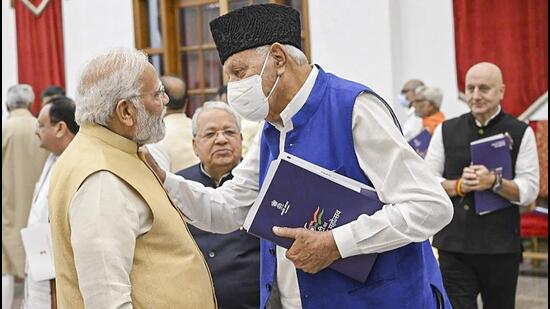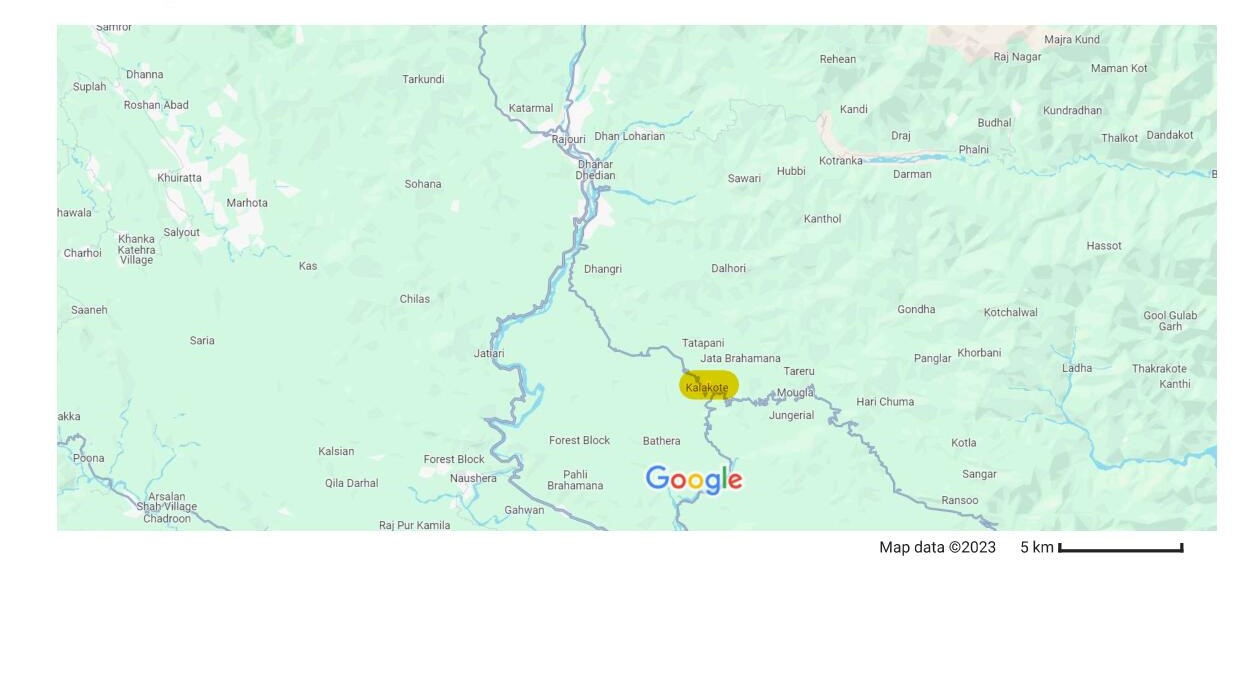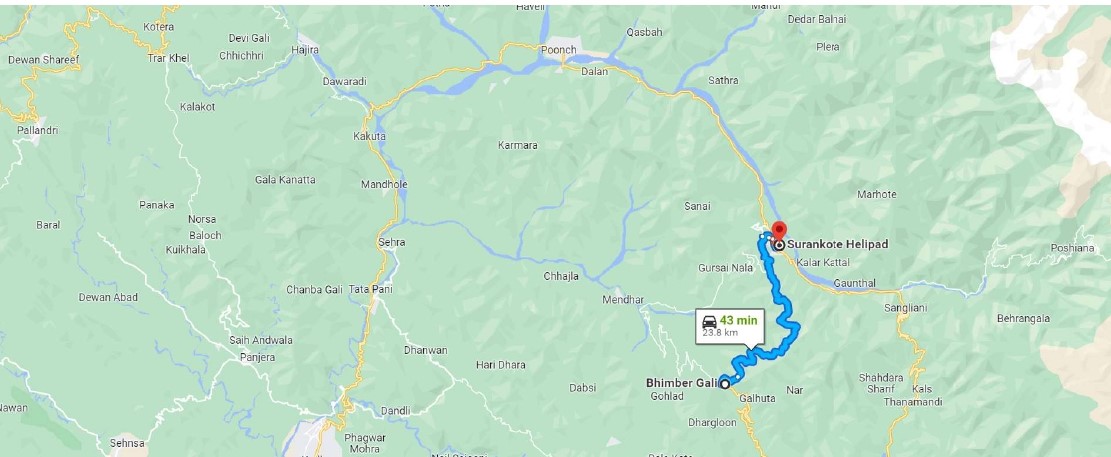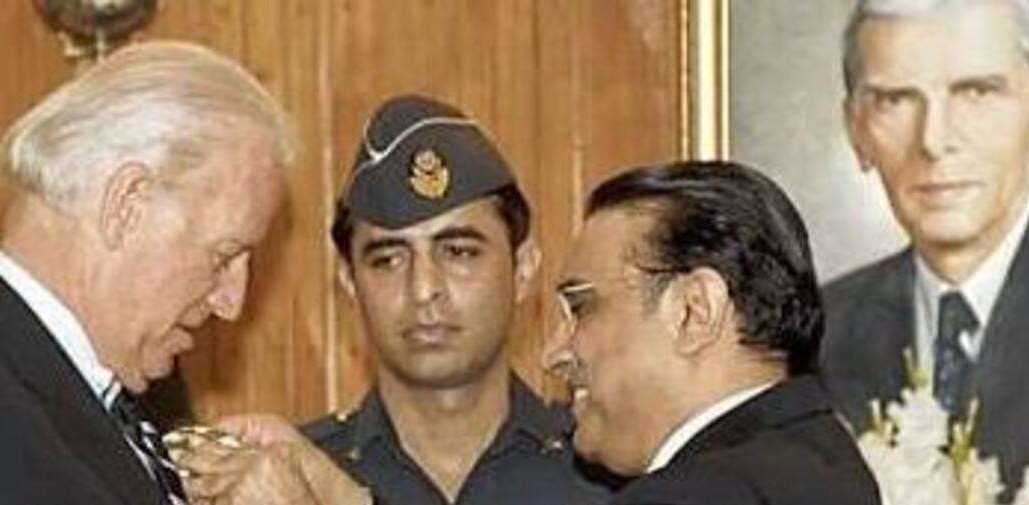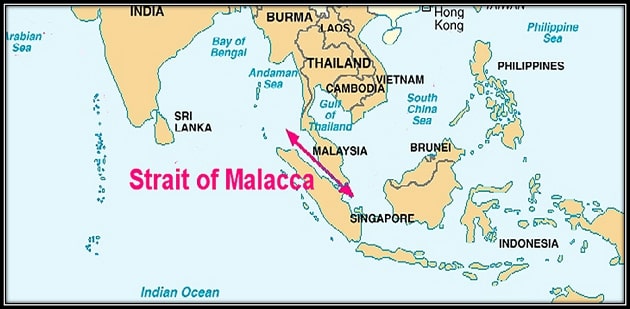
The Andaman and Nicobar Islands (ANIs) which for last so many decades were lying dormant despite China taking numerous measures to strangle us, are suddenly seeing a surge in development activities after the visit of PM in 2018 ; under water fibre optics project, GPS motion sensors, automated weather stations, solar plants energy, tourism, military bases etc under the NITI Aayog’s Holistic Development Program for the islands. This has also invited global players to invest in a wide-ranging sector, for instance Japan has given a grant of $3.42 billion (¥4.02 billion) to stabilize the electricity supply in strategically located Andaman and Nicobar Islands.
Hence, the current Govt’s determination to develop ANI and investing thousands of crores in development of ports and building a holistic maritime base need to be applauded.
However, before embarking on what it may achieve and what it may not, we should first look into its strategic importance.
One. The archipelago of Andaman and Nicobar Islands comprises of 572 Islands stretching over an area of 450 nautical miles. The northernmost point of the island chain is merely 22 nautical miles from Myanmar, while the southernmost point is only 90 nautical miles away from Indonesia. Hence this should help India counter China's 'String of Pearls' strategy due to its closeness to the 'Strait of Malacca' chokehold.
Two. The islands also dominate the Bay of Bengal and the Six Degree and Ten Degree channels, which are used by over 60,000 commercial ships each year. The Malacca Strait and the Six Degree Channel (also called as Great Channel has a width of 163 Km (88 nautical miles between Indira Point in Great Nicobar and Rondo Island of Indonesia’s Aceh Province) are two of the nine primary bottlenecks that govern access to this region. Even submarines, reportedly, surface when passing through this choke point to avoid accidents. So, this development lures even those powers who are getting sick of China’s growing belligerence to this strategically located archipelago.
Three. Reportedly, nearly 70,000 out of the 1,20,000 ships sailing through the Indian Ocean pass through the 'Strait of Malacca' and the neighbouring Six Degrees channel. This is today the world’s busiest trade route - Around 80 percent of the world’s maritime oil trade passes through the Indian Ocean Region (IOR). Hence, if one has a major naval base in its vicinity(Strait of Malacca) imagine what colossal strategic and tactical advantage one would derive vis a vis adversary.
Three. China, being a bulk importer of Oil, its energy security is extremely vulnerable and is hugely dependent upon Indian Ocean Sea lanes of communication (SLOCs) that pass through narrow choke points including Malacca strait. Now with this ability to choke China at Malacca strait, China's Oil supply from the Middle East may be brought to a screeching halt and this implies we can now inflict damage to them where it hurts them the most i.e its economy. So, if they hurt us on Land we can hit them hard in seas.
The Flip Side.
It would be naïve on our part to believe that Chinese would not have taken steps to overcome its ‘Malacca Dilemma’ ( The fear of a maritime blockade at the Straits of Malacca Strait) that would grant India and the newly formed Quad group, a tremendous advantage, if blocked.
As a matter of fact, China, being the largest importer of Oil, has been consistently working to surmount the above challenge over the last few decades in order to ensure its Energy security.
It took steps towards modernising its navy and commissioned almost 80 ships in last five years. It tried strangling India by occupying a chain of islands in IOR, established a naval base at Djibouti (which controls access to the Suez Canal and the Strait of Hormuz) and developed China – Pakistan economic corridor, a 3000km long highway linking Gwadar to Xinjiang region in China.
Gwadar Port in Pakistan will provide China an alternative route bye passing the Malacca Strait, which we Indians are intending to choke. The shipping route from the Middle East to China, via the Malacca strait, is about 12,000km long whereas, this sea-and-land based corridor via Gwadar port is barely 3000 kms. It, thus not only secures and reduces the passage time for China's energy imports but would also provide a shortcut for boosting the trade between Europe and China.
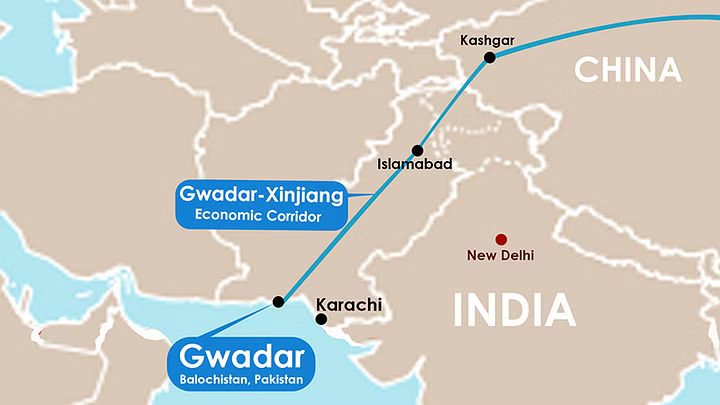
Secondly, although developing a naval base at ANI will provide India an immense strategic advantage but it is unlikely that the same can be used to threaten China during a skirmish on the land border. Going by the recent trends India will avoid escalating a conflict by blocking the Malacca strait. If one cannot allow its ground troops to open fire at the intruders then its rather stupid to believe that the Navy will be allowed to block the choking point; Malacca strait.
Thirdly, India undoubtedly has taken steps to counter the growing Chinese influence in IOR. However, India cannot match the economic prowess of China, which has over the years emerged as one of the largest trading partners, largest investors. largest donors for all these neighbouring countries of IOR.
Expansion of Area of Influence & The Challenges.
The strategic importance of Andamans was although, realised long back when Andaman and Nicobar Command (ANC), India’s first and only tri-service theatre command was established almost two decades ago, however, for some reasons it was not pursued to its logical end.
In this sense developing the archipelago as a holistic maritime base is a visionary step which may serve India’s long term strategic and maritime business objectives.
Two. India could also use these facilities for humanitarian assistance and disaster relief.
Three. In future, ANI could also serve as a permanent base for Special Forces and long range all weather fighter and maritime recce aircrafts. This will go a long way in extending India’s military influence well beyond its Economic zone.
Four. With the growing importance of the Indo-Pacific region and the need to check China’s growing belligerence, the international community is getting together into a collaboration to ensure conduct of safe trade through this region. The ANI therefore, will help India to occupy centre stage in the Global maritime strategy in the years to come.
Five. Any Strategy to identify and target Chinese vulnerabilities and sensitivities, is likely to help India in the long run to counter China, which is going to remain its formidable foe as India grows in stature.
However, notwithstanding the above, our challenges on the LAC, may still continue or may become stiffer, because;
One. China reportedly has the largest maritime force having 355 vessels on its inventory and is intending to enhance it to 460 by 2030. Although their quality and effectiveness may be a debatable aspect but even then, this is many times more than what India has. Therefore, despite having a base in vicinity of strait, it’s not easy for India to escalate the conflict to a level of blocking that on each such skirmish on land.
Two. This interest shown by other powers in the development of port and its militarisation will surely be viewed by China as a step to check its influence. Although, all this development is the outcome of China’s growing belligerence but this may have its own implications for India in times to come as it may get engaged in the strategic competition between the two rival powers ; USA and China.
Three. If this capability is not used to project India’s power against China’s belligerence and aggression on Land this may serve no purpose. We may therefore be spending colossal amount of money in developing military facilities in ANI but may fail to use that as deterrence. Rather in case of any conflict against this formidable enemy which is many times superior to us, we would be employing a huge force in defending those facilities.
Four. With China developing an alternate route via Gwadar Port, China’s dependence on Malacca would be greatly reduced.
In view of the above, therefore we need to ask ourselves;
Are we over extending ourselves militarily and playing into enemy’s hands who is compelling us to do so? We have been compelled by China to deploy more forces on LAC , almost three times more than what existed a few years ago and now in a bid to counter China we have extended the battle field, little realising that China has very deep pockets and militarily many times superior.
Are we therefore not stretching our resources? India is although a Three Trillion economy but has one of the lowest per capita incomes, even Bangladesh, which is barely a One trillion economy, is catching up with us, therefore it needs to spend its money more judiciously and sensibly on military.
Are we not falling prey to the allurement of becoming a world power before improving the condition of our human resource? We are already at a stage where we may miss taking advantage of demographic dividend.
We have seen in last few decades many nations crumbling under their own weight. One of them was USSR who was forced by its adversary to stretch itself beyond its means.
xxxxxxxxxxxxxxxxxxxxxxxxxxxxxxxxxxxxxxxxxxxxxxxxxxxxxxxxxxxxxxxxxxxxxxxxxx


